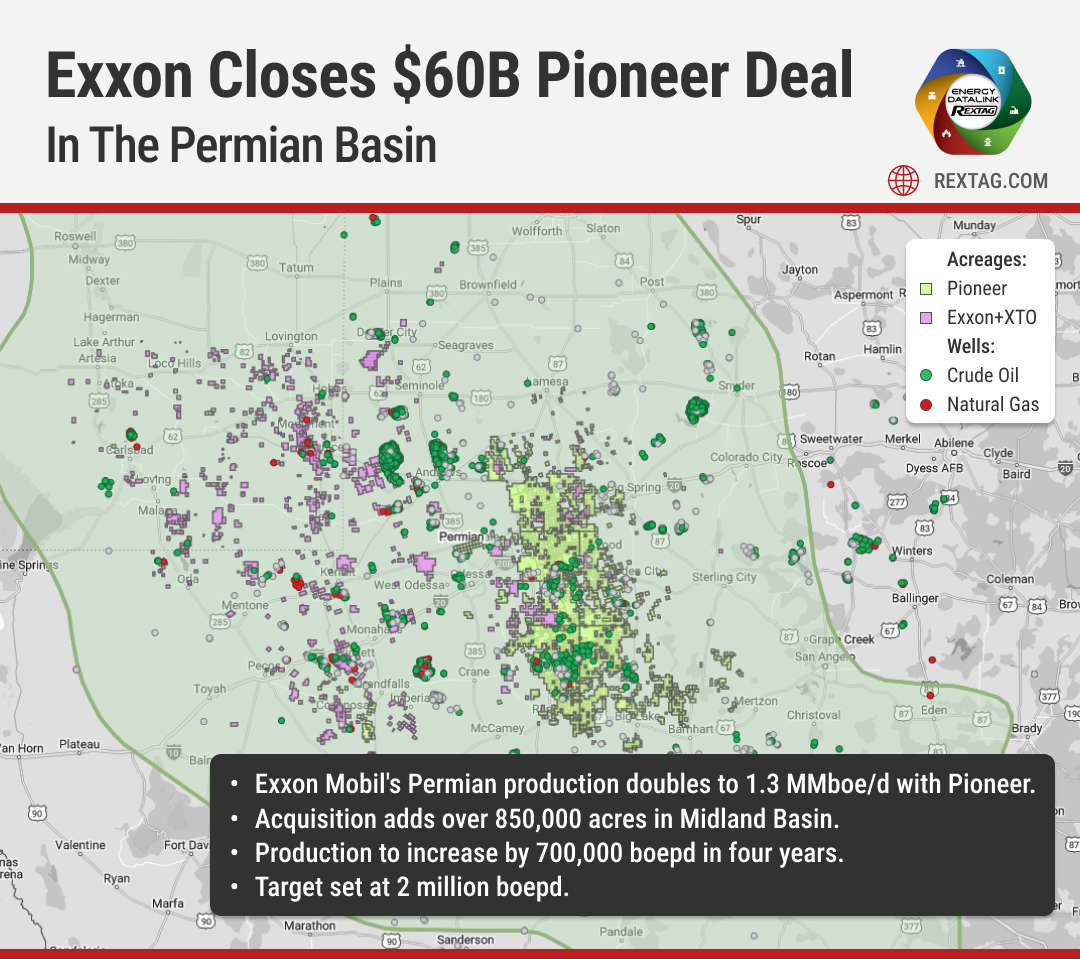Blog
Since days when shale oil and gas technologies were discovered, the U.S. energy industry has been evolving more rapidly than ever before. Many changes are amazing especially when you put them on an industry map. At Rextag not only do we keep you aware of major projects such as pipelines or LNG terminals placed in service. Even less significant news are still important to us, be it new wells drilled or processing plants put to regular maintenance.
Daily improvements often come unnoticed but you can still follow these together with us. Our main input is to “clip it” to the related map: map of crude oil refineries or that of natural gas compressor stations. Where do you get and follow your important industry news? Maybe you are subscribed to your favorite social media feeds or industry journals. Whatever your choice is, you are looking for the story. What happened? Who made it happen? WHY does this matter? (Remember, it is all about ‘What’s in It For Me’ (WIIFM) principle).
How Rextag blog helps? Here we are concerned with looking at things both CLOSELY and FROM A DISTANCE.
"Looking closely" means reflecting where exactly the object is located.
"From a distance" means helping you see a broader picture.
New power plant added in North-East? See exactly what kind of transmission lines approach it and where do they go. Are there other power plants around? GIS data do not come as a mere dot on a map. We collect so many additional data attributes: operator and owner records, physical parameters and production data. Sometimes you will be lucky to grab some specific area maps we share on our blog. Often, there is data behind it as well. Who are top midstream operators in Permian this year? What mileage falls to the share or Kinder Morgan in the San-Juan basin? Do you know? Do you want to know?
All right, then let us see WHERE things happen. Read this blog, capture the energy infrastructure mapped and stay aware with Rextag data!
$22.5 Billion Shake-Up: ConocoPhillips Acquires Marathon Oil and Gains Major Influence in the Eagle Ford
The purchase of Marathon Oil adds 2,600 new drilling spots to ConocoPhillips' operations, boosting their total to over 13,000 across the U.S. After the deal, ConocoPhillips is set to significantly increase its production in the Eagle Ford region, potentially exceeding its current output in the Delaware basin.
US LNG Market: TOP 10 Terminals, Export, LNG Pause, Sabine Pass, Corpus Christi, Freeport and others
In December 2023, the U.S. set a new record by exporting 8.6 million tonnes of LNG. This spike was primarily fueled by two developments: the full return of Freeport LNG, which contributed an additional 6 million tonnes, and an increased output from Venture Global LNG’s Calcasieu Pass facility, adding 3 million tonnes over the previous year. Europe remained the main destination for U.S. LNG, receiving 61% of the exports in December, but this decreased from 68% in November. Asia also increased its imports significantly, taking in 26.6% of the exports, up from 18.5% in November. Latin America accounted for 6% of the exports.
US Natural Gas May Update: Current Trends and Market Outlook
According to the latest report from the EIA, working natural gas stocks in the United States saw a substantial increase. Stocks rose by 79 billion cubic feet (Bcf), bringing the total to 2,563 Bcf. This marks a significant year-over-year increase of 444 Bcf. Current stockpiles are considerably above the five-year average, having grown by 640 Bcf compared to the average of 1,923 Bcf.
Renewables in Oil and Gas Industry: Solar, Wind, Hydroelectric, Innovations, From Texas to Arizona and Who’s The Best?
Last year, a Pew Research Center survey revealed that 67% of Americans are in favor of developing alternative energy sources. Similarly, an Eligo Energy survey indicated that 65% of U.S. consumers are prepared to pay a premium for renewable energy. Scott Zimmerman, the project manager at the Global Oil and Gas Extraction Tracker of Global Energy Monitor (GEM), expressed skepticism about the oil and gas industry's rationale for exploring and developing new fields. "The justifications offered by oil and gas producers do not stand up to scrutiny," he commented. "The scientific consensus is clear: we cannot afford to open new oil and gas fields without risking severe environmental consequences." Despite these warnings, last year saw significant advancements in the oil and gas sector, with at least 20 fields worldwide reaching the "final investment decision" stage. This stage marks the commitment to proceed with construction and development, leading to the approval of projects that will collectively produce about 8 billion BOE. By the end of this decade, there is an ambition to approve projects that will quadruple this output, aiming to extract 31.2 billion BOE from 64 fields. Notably, the United States has been at the forefront of sanctioning new oil and gas initiatives over the past two years, according to GEM's analysis.
US Leads Global Oil and Gas Production, US Drillers Cut Rigs Again and 1.4 Million BBL Decrease
The U.S. has overtaken Saudi Arabia and Russia to become the world's largest oil and gas producer. In 2024, America's oil output has surpassed last year's record by 1.4%, reaching new heights. Even as oil-producing countries in the Middle East cut back, the U.S. continued to ramp up production after a downturn in 2020, establishing itself as a dominant force in the global market. In terms of numbers, U.S. oil production jumped from an average of 2.93 million barrels per day in 2023 to 13.12 million barrels per day in 2024, marking a significant 7.1% increase.
Midstream Giant Kinetik Launches $1.3B M&A to Acquire Durango in the Delaware Basin
Kinetik Holdings recently announced a series of transactions in the energy sector. They struck a deal to buy Durango Permian infrastructure for $765 million. At the same time, they're selling their 16% share in the Gulf Coast Express Pipeline to ArcLight Capital Partners for $540 million. The total purchase cost includes $510 million in cash paid immediately and an additional $30 million that will be paid later, depending on whether they decide to expand further.
Permian Basin Power: OXY Seeks Buyers for Delaware Assets, Permian Resources and Continental Resources
Recently, the Permian has seen significant acquisitions: Exxon Mobil purchased Pioneer Natural Resources for about $60 billion. Diamondback Energy's $26 billion deal to acquire Endeavor Energy Resources is currently on hold due to requests from the U.S. Federal Trade Commission. Occidental’s acquisition of CrownRock for $12 billion in the Midland.
Utica vs. Permian: Can It Really Compete for America's Top Oil Plays?
EOG Resources is pushing boundaries in Ohio's Utica oil play and now drilling on the Sable pad, also located in Noble County. This site features the 3.7-mile lateral currently under construction. The company's first multi-well pads in the area Timberwolf and Xavier have each produced over 200,000 barrels of oil since their inception—Timberwolf in August and Xavier in October. A third site, the four-well White Rhino pad in Noble County, is also showing promising early results, according to Keith Trasko, EOG’s Senior Vice President of Exploration and Production, who noted the wells are performing as expected in their initial weeks.
Exxon Mobil and the $60 Billion Deal That Changes Everything in Permian
Exxon Mobil recently completed its acquisition of Pioneer Natural Resources, a deal worth about $60 billion. This transaction, which is the biggest in shale oil history, significantly changes the competitive landscape in the Permian Basin, a major oil field. This marks Exxon Mobil's largest deal since its $84.4 billion merger with Mobil Corp. in 1999. With this acquisition, Exxon Mobil's production in the Permian Basin will double to 1.3 million barrels of oil equivalent per day.
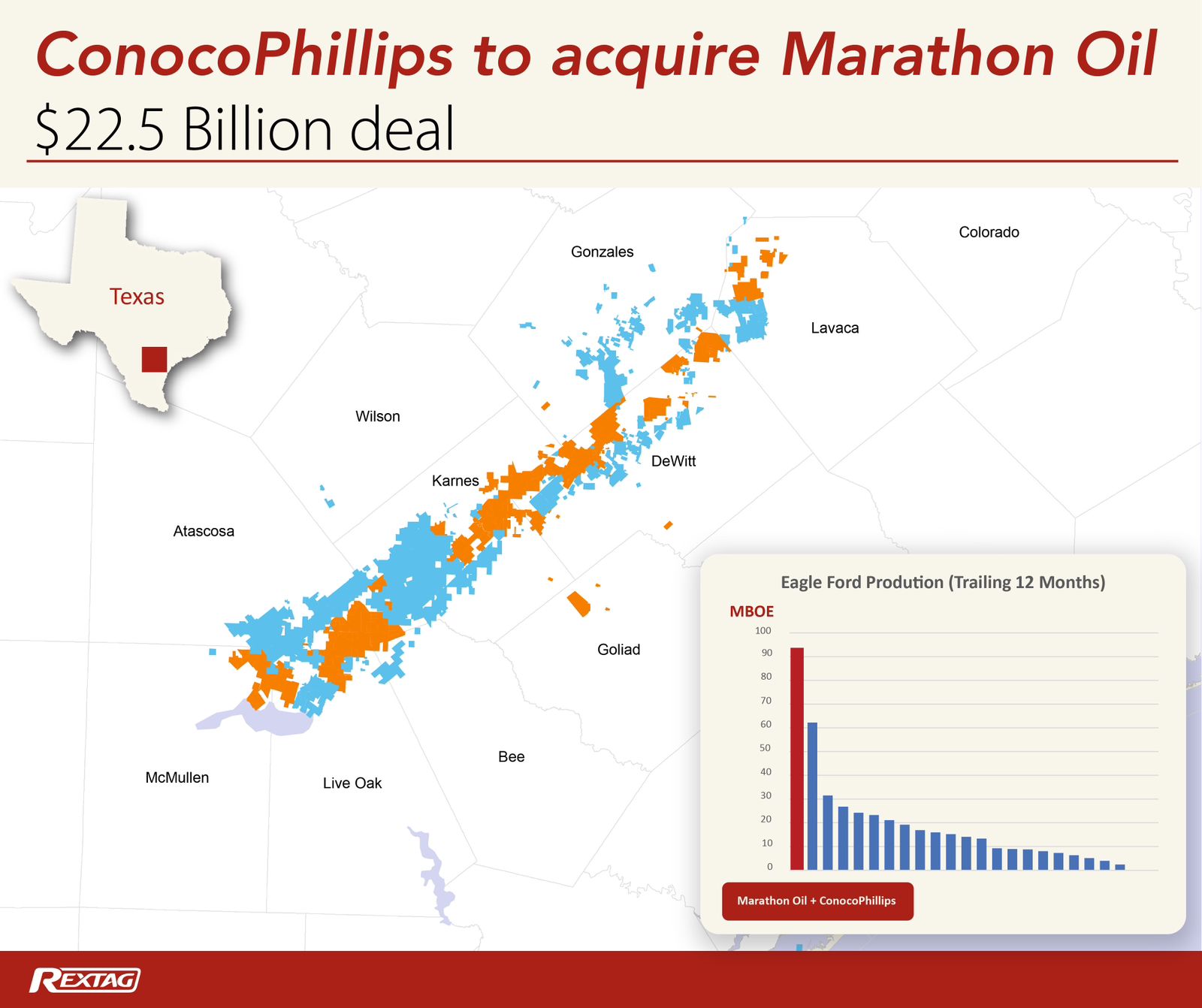
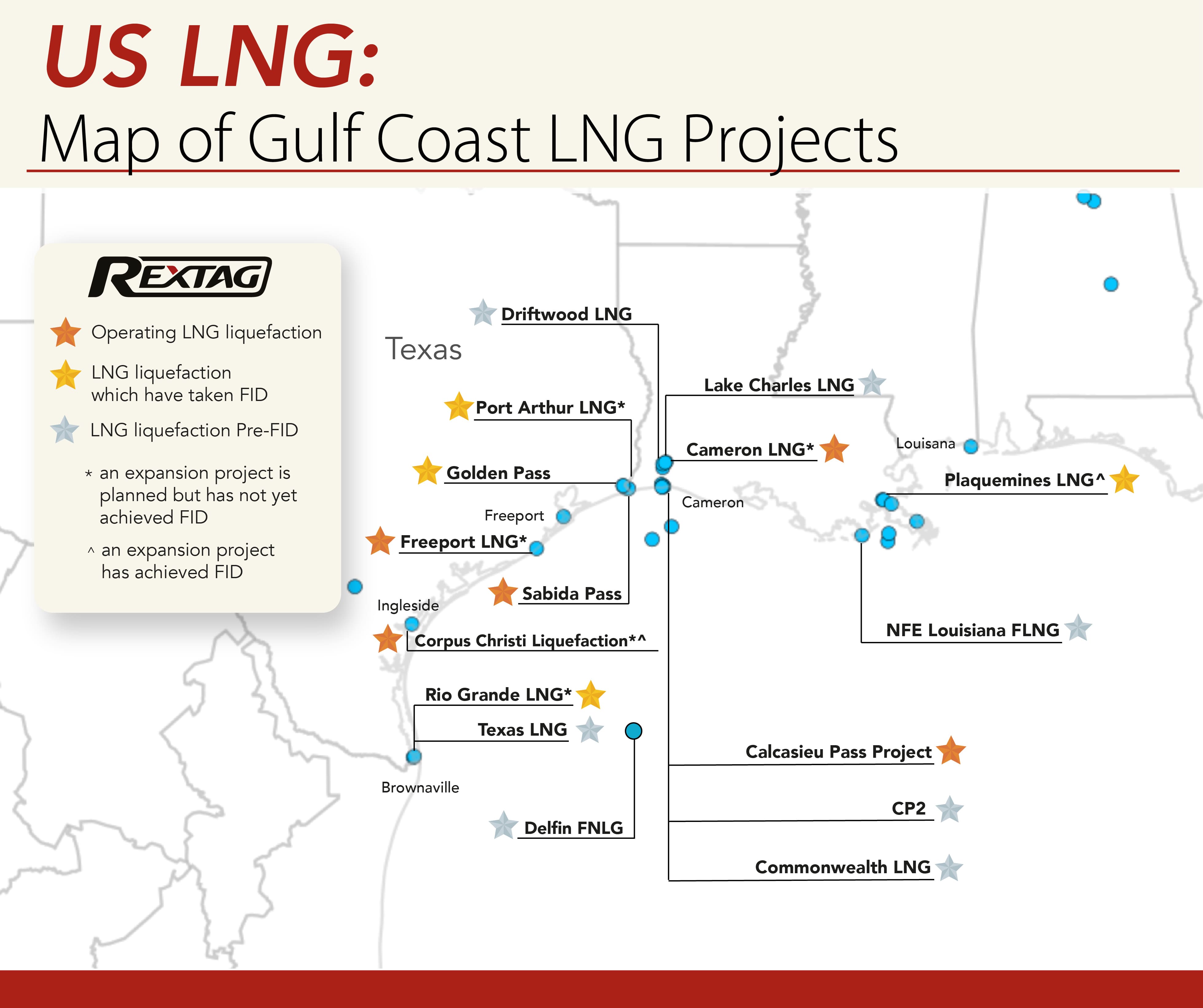
.jpg)
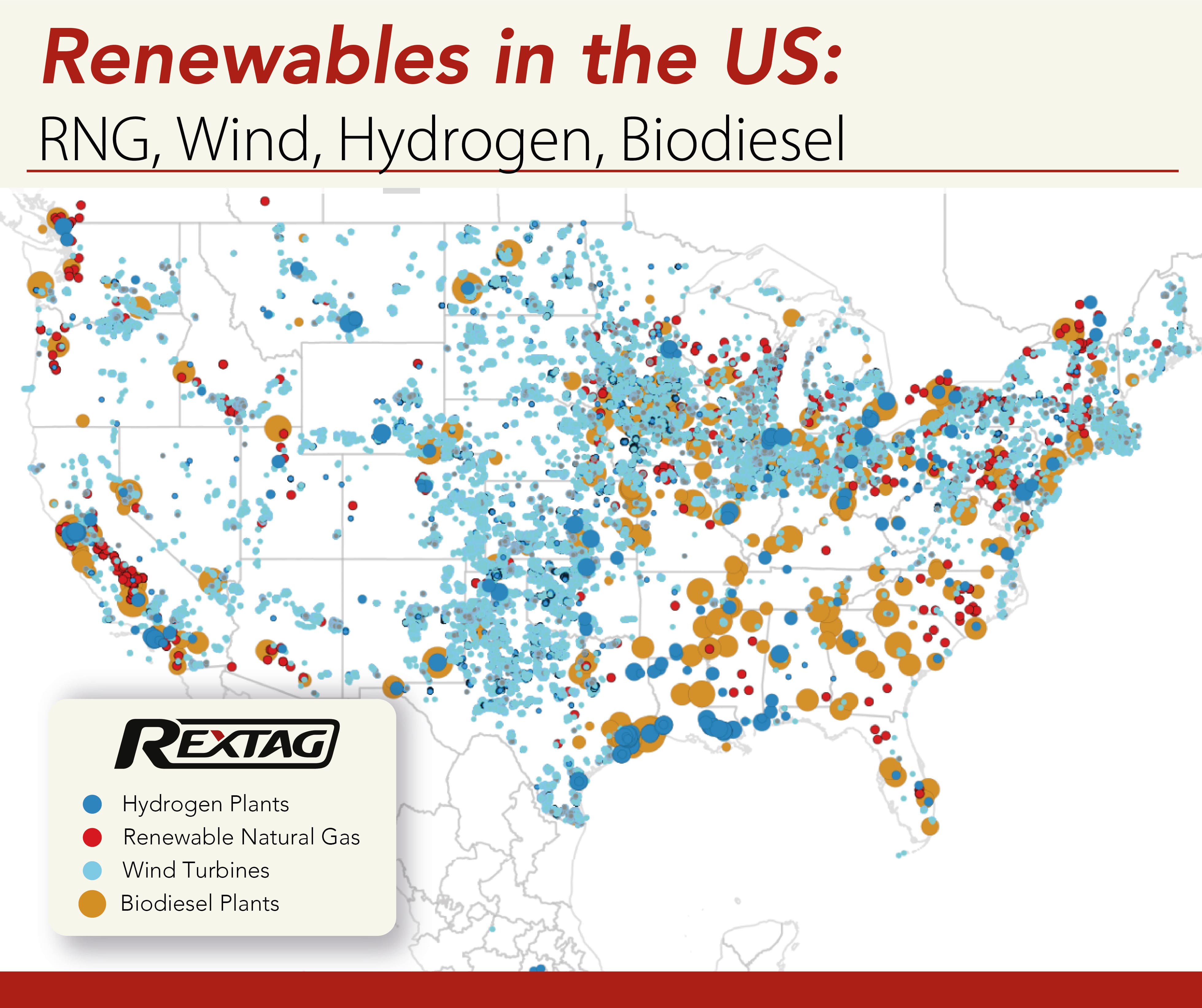
.jpg)
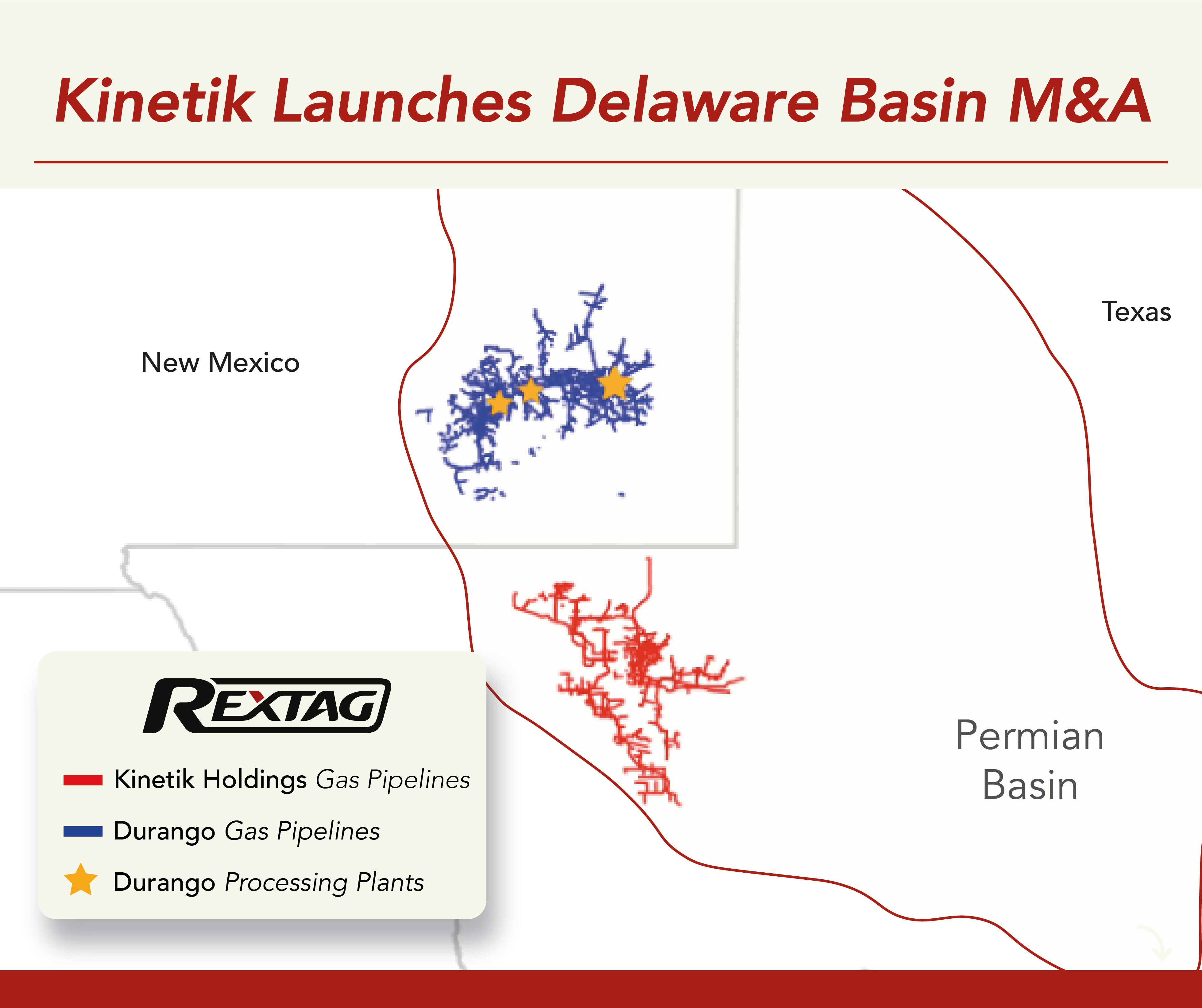
.jpg)
.jpg)
